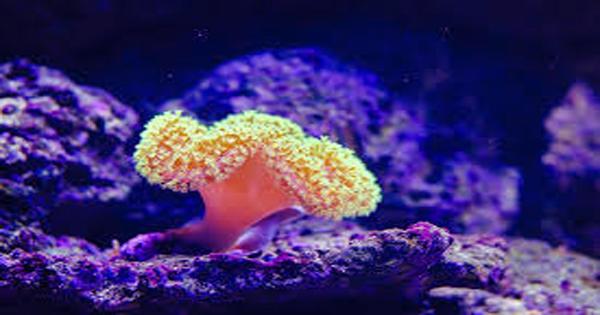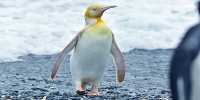Despite the fact that most GBRs have been devastated by mass bleaching incidents, the new discovery appears to be in good health. Australia’s Great Barrier Reef (GBR) consists of about 3,000 individual reefs, a large number now after the announcement of the first discovery of a new reef in 120 years.
The Schmidt Ocean Institute, currently conducting a 12-month mission to explore the poorly studied waters around this shell, discovered the stunning discovery of another isolated reef. At its beginning, the rift is 1.5 kilometers (0.9 miles) long but quite narrow. From there it rises 500 meters (1,640 feet) – taller than the Empire State Building in New York – 300 meters (984 feet) long and only 15 meters (49 feet) wide from the bottom to a small butt 40 meters (130 feet) wide Surface to support.
The continental shelf in Queensland is so wide that all other coral walls in the GBR part are dwarfed. Yet outside the shelf were also seven “isolated rocks” located in the nineteenth century, perched on top of long high peaks that begin at deep depths and reach near the surface. Reef coral supports lots. Although the Schmidt team used the underwater remote-powered robot SuBastian for mountaineering, they did not have the opportunity to take live samples.
This is in contrast to the shallow water sheet near the northern part of the GBR, most of which did not recover from the mass eruption event of the 2016 mass, which hit the region particularly hard. Nevertheless, Dr. Robin Beaman of James Cook University told IFLScience that Sanko supports all the basic elements of a rich tropical reef with “hard corals, soft corals, fish, and sharks”. Indeed the latter is so abundant team member Mardi McNeil of the Queensland University of Technology, referred to a “blizzard of fish and shark flashing”.
This presents a major threat, especially at the northern end of the GBR where corals are near their thermal limits. It can be more than one-off. McNeil explained to IFLScience that the shallow ridges are surrounded by water that is warming up alarmingly. On the other hand, isolated rocks surrounded by cool deep oceans ignited by strong waves are less likely to be affected, at least in the short term, by rising temperatures. The world’s largest green sea turtle habitat is at the top of an isolated cliff near Rhine Island, whose corals also appear to be much healthier than parts of the continental shelf.
One theory is that deep-water rocks could serve as sanctuaries for species that have not survived the heat anywhere else, from which other rock falls could one day be rearranged.
Although nearby isolated rocks were studied using airborne LIDAR a few years ago, the surrounding areas were neglected. Dr Beaman told IFLScience that some of the most significant issues so far could have been off the coast of Queensland without keeping an eye on our poor knowledge of where our ships are not navigating.
Beaman told IFLScience that the mapping is 90 percent complete, so the chances are high even after he denies finding anything else. Meanwhile, only 20 percent of the deep sea around the world has been mapped using modern equipment, but the institute is taking part in a project aimed at transforming it by 2030. This discovery was made as part of the Schmidt Ocean Institute’s effort to change this, mapping the entire area around North GBR using both vessel Falkor and ROV SuBastian research ships.















